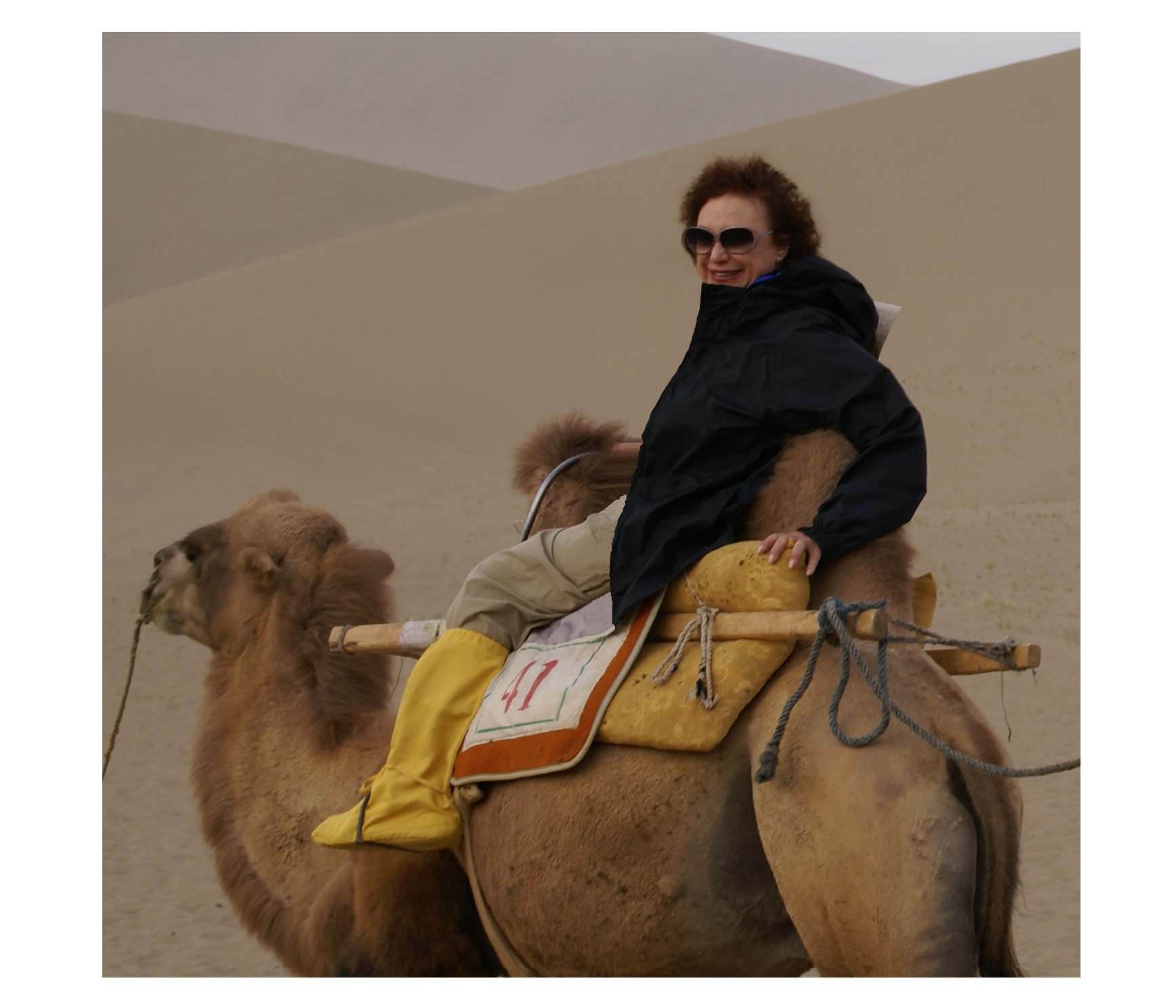Hope For an African Slum
 Wednesday, January 19, 2011 at 8:00AM
Wednesday, January 19, 2011 at 8:00AM What do VH1 and a start-up girls’ school in Africa’s worst slum have in common? One hundred thousand dollars and Jessica Posner. She’s the 2010 Do Something Award winner that honors people age 25 and under committed to social action and sponsored by VH 1. The money is the award for their project.
In what seems a modest miracle itself, Jessica, a 2010 Wesleyan University grad, and several other classmates started an organization called “Shining Hope for Communities.” In one year they have built the girls’ school in Kibera, a horrendous slum near Nairobi. About one and a half million people live in deplorable conditions in an area approximately the size of Central Park. Poverty is the way of life, sanitation, health facilities and education for girls non-existent.
How did a young person pull off such an astounding endeavor? When she was 20, Jessica went to teach theater to children in Kibera, and was shocked by the living conditions. And she met a guy. He is Kennedy Odede, a resident of the slum and one of the few who got out to become a student at Wesleyan. He is Jessica’s partner in this non-profit undertaking and a community activist determined to make changes in his native land.

When the school opened a year ago, the girls were illiterate. Now they can read and write, and are learning English. In Kibera, many of the girls begin to trade sex for food as early as 6 years old, and by the time they are l6, sixty-six percent of the girls do this. One in five children do not live to see their fifth birthday. That was before “Shining Hope” started.
As Jessica told CNN recently, “ We…look for girls who are most vulnerable to abuse, to rape, to prostitution so that we can take them and really invest in them and their future.”
For every year of primary education that women receive in developing countries the under five mortality rate drops almost ten percent, according to a recent study in the journal The Lancet. Studies also show that the mother’s education has more influence than the education of the father. In the past few years 4.1 million deaths in developing areas were averted because of the education of women. Yet women’s education is traditionally neglected in paternally-centered African countries.
AIDS is also a huge health factor in the community, and the organizations website is filled with tear jerkers. Four-year-old Sarah, a student of the month, has a 21-year old mother who is dying of AIDS. Until recently, Sarah was responsible for caring for her mother and younger siblings. But she has HIV also, and is slowly going blind. Her only wish is that her mother will live long enough to see her learn how to read.
Estimates indicate that as much as 40 percent of Kibera’s population may be HIV positive, one of the highest rates in the world. According to the group’s newsletter, research shows if you educate a girl in places like Kibera she will earn more, invest 90 percent of her earnings in her family and be three times less likely to become HIV positive.
So this summer Shining Hope built a health center focusing on women’s health but available to all. They have hired a doctor who works at the Nairobi Woman’s Hospital and are training community health workers from Kibera itself to provide education and care in the slum.
They have completed a bio-latrine center because proper waste disposal is sparse. The gas produced by the waste products will run the school stove, and the fertilizer will be sold to help support operating costs. This is part of a community center that Shining Hope is erecting. And the project is demonstrating that benefiting women benefits the whole community.
And is it working? One resident who learned skills from the community school the organization also sponsors says her abusive husband behaves better towards her now that she’s started putting food on the table. She says he now believes “that good treats come with educating girl children, and because he is the last person I could ever think to say this, I can say that this idea will change lives in many ways in my struggling home community.”

Another resident puts it even more poignantly: “Life in Kibera is hell on earth. You give us reason to keep on living despite dying being easier.”
Changing lives takes money. The project was begun with seed funds of $10,000, but this enterprising group got busy fundraising, writing grants and winning competitions. To date, in addition to the Do Something award, they have received support from the Newman’s Own Foundation and won the international 2010 Dell Social Innovation competition for $50,000.
Shining Hope’s work is overseen by a local community leadership committee and an advisory Board of Directors in the U.S. consisting of university professors, CEOs and human rights experts. No slouches here. Their mission is to combat cycles of poverty and gender inequality by linking education and social services with a community-driven approach.
When I was younger, I thought we must change the world in big gulps. But this generation is teaching us something: Little mouthfuls, in targeted places, are making huge impact fueled by the idealism and concrete performance of a few dynamic young visionaries.
_________________________________
More information is available at hopetoshine.org
 AIDS,
AIDS,  Africa,
Africa,  Dell,
Dell,  Newman's Own,
Newman's Own,  Wesleyan,
Wesleyan,  child prostitution,
child prostitution,  girls' school,
girls' school,  hope,
hope,  non-profit,
non-profit,  poverty,
poverty,  slum
slum 
